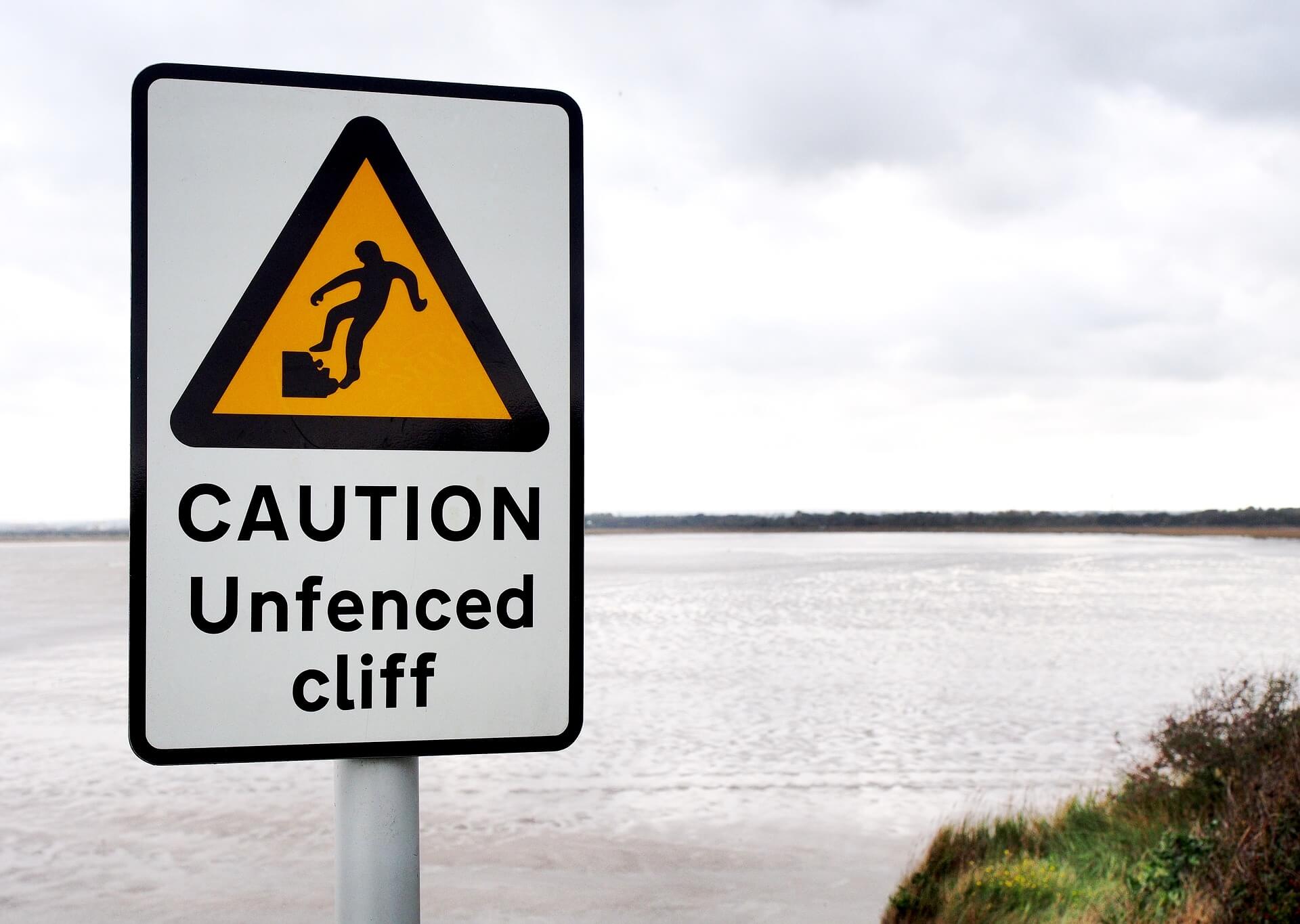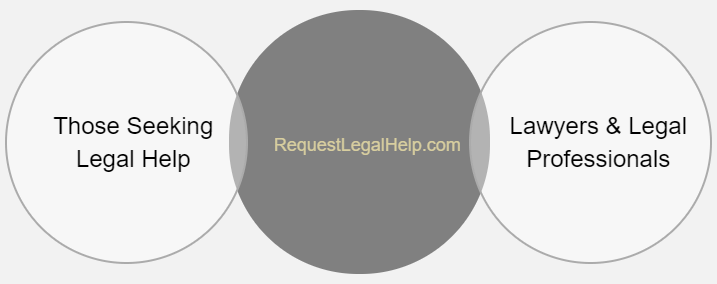Invoking the assumption of risk can be a winning defense strategy during a personal injury lawsuit. It applies when the defendant demonstrates the plaintiff knew the potential hazards of an environment or activity. As a result, they knew there were inherent dangers and accepted them.
Many may know this defense strategy from workers’ compensation claims. It can be a means to sidestep the hefty payouts for employee injuries or illnesses.
For instance, consider a construction worker who receives safety equipment and training. The employer argues that the employee does not have a claim to compensation because they knew what could happen.
A prominent instance of this defense is Honda Motor Company v. Oberg. In this case, Oberg’s Honda all-terrain vehicle overturned and caused injuries. Initially, Oberg received $919,000 in damages. However, the court reduced this amount to $736,000 to account for his negligence and assumed risk.
Primary Assumption of the Risk vs. Secondary Assumption of the Risk
A defendant claims either a primary or secondary assumption of risk during their defense. With a primary assumption of risk, they assert that they had no duty to protect the plaintiff’s wellbeing. With a secondary assumption of risk, the defendant admits they were somewhat responsible. Regardless, the employee chose to do their job anyway.
Primary Assumption of the Risk
The primary assumption of the risk may apply when the plaintiff gets injured while trespassing. This defense is more potent if there is a “No Trespassing” or “Keep Out” sign posted. They have little to no reason to say they did not know there could be harm to their wellbeing. Proving your case meets the criteria may end the case swiftly.
Secondary Assumption of the Risk
A defendant doesn’t have as strong of a defense with a secondary assumption of risk. With this claim, the defendant had a duty to protect the plaintiff but may have failed in some way. However, the plaintiff still knew about the risks associated with the situation and chose to proceed anyway.
For example, let’s say an employee is trained on a piece of machinery but the machine hasn’t been maintained well by the employer. The employee knows that the machine poses a potential risk, but chooses to operate it anyway and suffers a workplace injury.
While the employer should have kept the machines maintained, the employee assumed risk by deciding to continue working with the machine knowing that it was dangerous. A defendant will not usually win the case using a secondary assumption of risk claim but contributory negligence on behalf of the plaintiff may reduce the amount in damages the defendant must pay.
Express Assumption of Risk vs. Implied Assumption of Risk
When attempting to claim primary assumption of risk as a defense, the defendant must prove this claim through express or implied assumption of risk. The defendant may attempt to prove an express assumption of risk if the plaintiff signed a liability waiver or another legal document that outlined the risks involved with the activity. If the risks are associated with a job, the employee may have signed an employment agreement that outlines the risks.
The defendant may attempt to prove an implied assumption of risk if the plaintiff didn’t sign legal documentation agreeing to risks, but it can be argued that it is obvious they were aware (or should reasonably have been aware) of the risks anyway. This type of defense is usually used in consumer law when the plaintiff engages in an extreme sport or activity that’s known for its danger and risk.
Express Assumption of Risk
To prove an express assumption of risk, a defendant may furnish a signed hold harmless agreement that was signed before the situation occurred. The defendant may also provide a contract with an indemnification clause signed by the plaintiff or proof that an oral agreement took place. If primary express assumption of risk is proved, the plaintiff isn’t likely to be awarded compensation in the case.
For example, let’s imagine a vacationer wants to ride horses on the beach in Mexico. The horseback riding company has the customer sign a liability waiver that specifically outlines the injuries and risks associated with riding horses. The rider falls off the horse, sprains their wrist, and sues for compensatory damages. However, the horseback riding company furnishes the signed contract in court and the plaintiff isn’t awarded these damages.
Implied Assumption of Risk
In the absence of legal documents or other tangible records, assumption of risk may be implied. It’s harder for a defendant to prove there was a primary implied assumption of risk since there aren’t any legal documents to show the court. In this case, the defendant must somehow show that the plaintiff’s actions prove they knew the risks they were taking before an injury occurred.
There are many situations a person may encounter where they know they’re taking on risk, such as jet skiing, watching a baseball game, or working on a construction site. To have the case dismissed and no damages awarded to the plaintiff, the defendant must prove the plaintiff knew there was risk associated with the activity and they were injured through no negligence of the defendant.
An example of the primary implied assumption of risk claim in action can be seen in the Knight versus Jewett case. Knight played touch football with Jewett, which resulted in a hand injury. Knight pursued legal action against Jewett to receive compensation for the injury. While there was no contract or liability waiver signed between Knight and Jewett, the court ruled in Jewett’s favor since Knight should have been aware of the risks of playing touch football without protection.
Whether you want to seek damages for a personal injury or another type of accident, it’s important to understand the concept of assumption of risk. Knowing your rights and your assumption of risk will help you decide whether to pursue action. Before taking legal action against your employer or other parties, consider seeking legal help to prepare your case and understand your options.
Work With An Experienced Local Lawyer
Submit a request online or call us today at (866) 345-6784 to get in touch with an experienced lawyer in your area!

